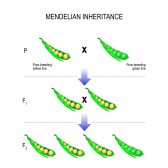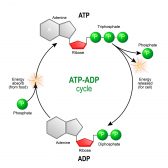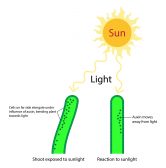Definition
noun, plural: resolvases
Site-specific recombinase known for its function which is to repress transposases
Supplement
Transposition is the process of transferring genes from one site of chromosome to another of the same or different genome. It accounts for the transferring of virulence or antibiotic resistance among bacteria.1 It involves transposons (also known as jumping genes) since these genes are capable of being copied and inserted from one genome to another. Transposons may be simple or complex. Both simple and complex transposons have genes that code for transposase, which is an enzyme that catalyzes gene insertion. The complex type of transposon has a more complicated gene structure and an example of it is the Tn3. This transposon does not only bear the gene coding for beta-lactamase enzyme that confers ampicillin resistance and the gene for coding transposase (specifically called tnpA) but it also has the gene (called tnpR) coding for resolvase.2 Resolvase is an enzyme known for its repressive function against transposases.
See also:
- transposition
- transposon
- transposase
- recombinase
Reference(s):
1 Reznikoff, William S. (2003). “Tn5 as a model for understanding DNA transposition”. Molecular Microbiology 47 (5): 1199–1206.
2 Malacinski, G. (2003). Essentials of molecular biology. Boston: Jones and Bartlett.







